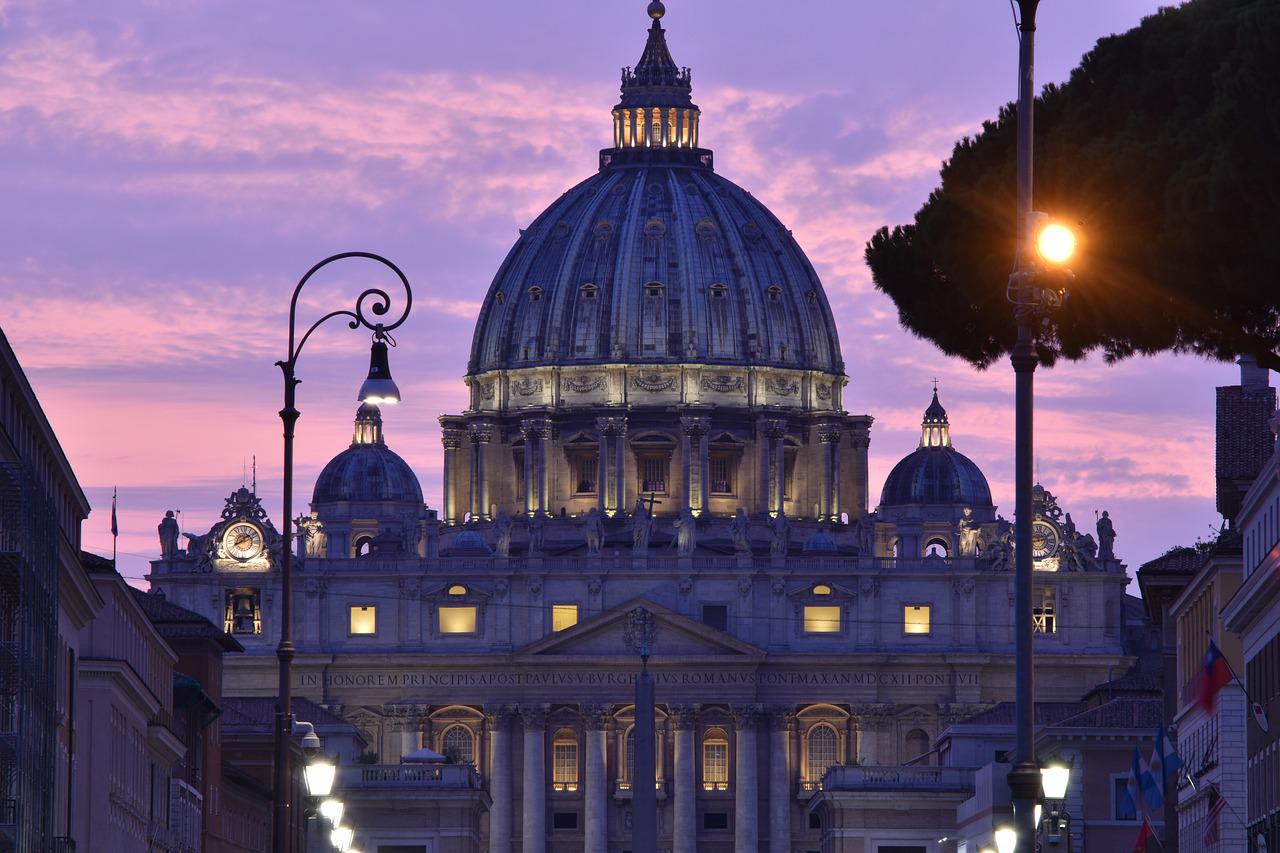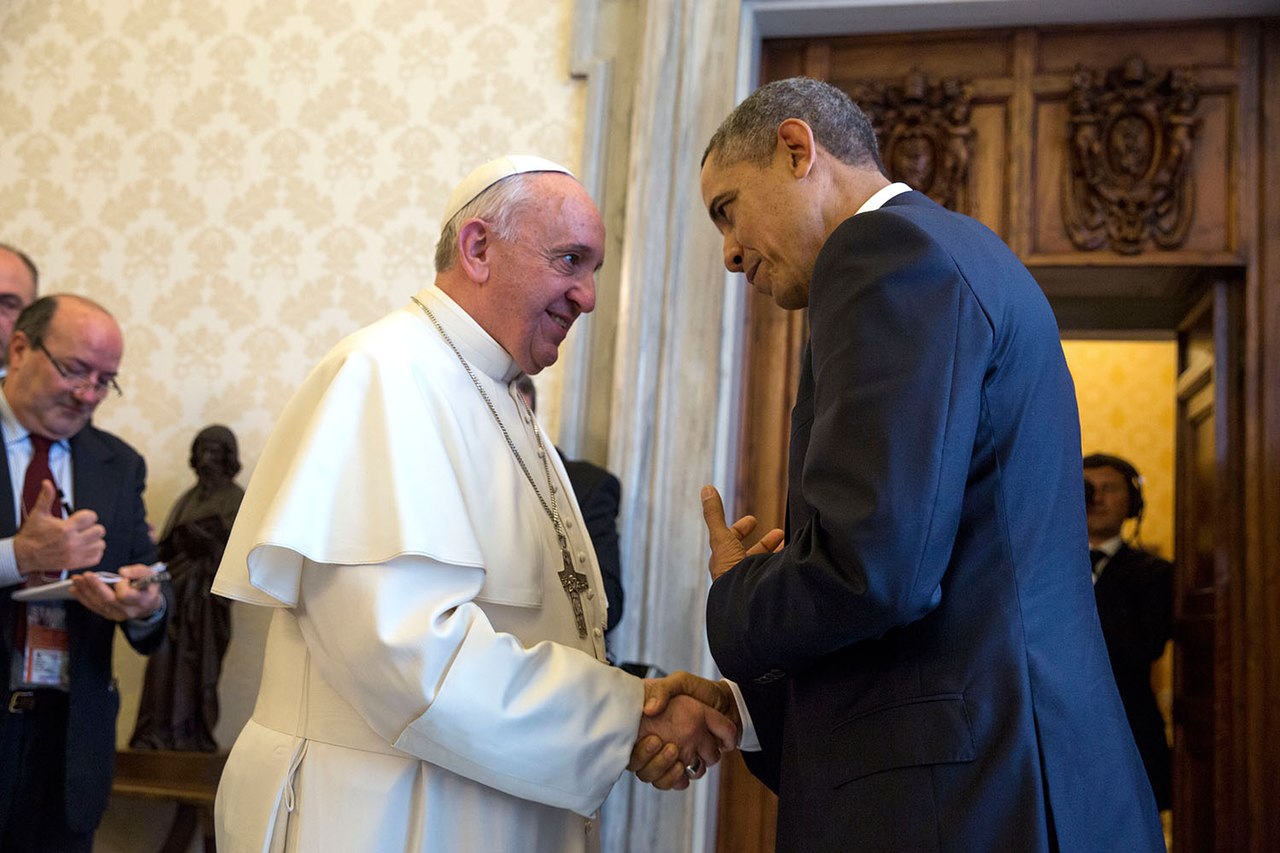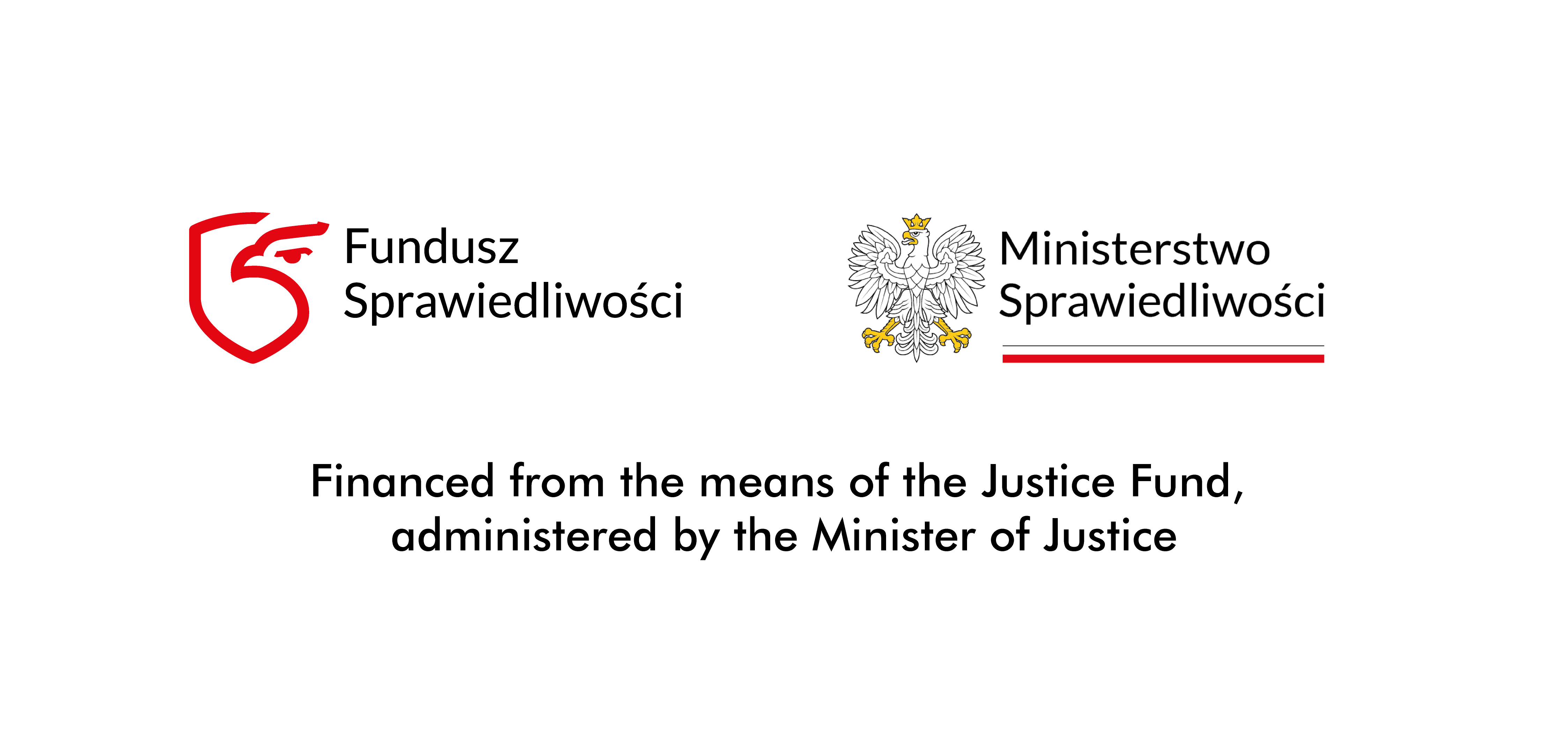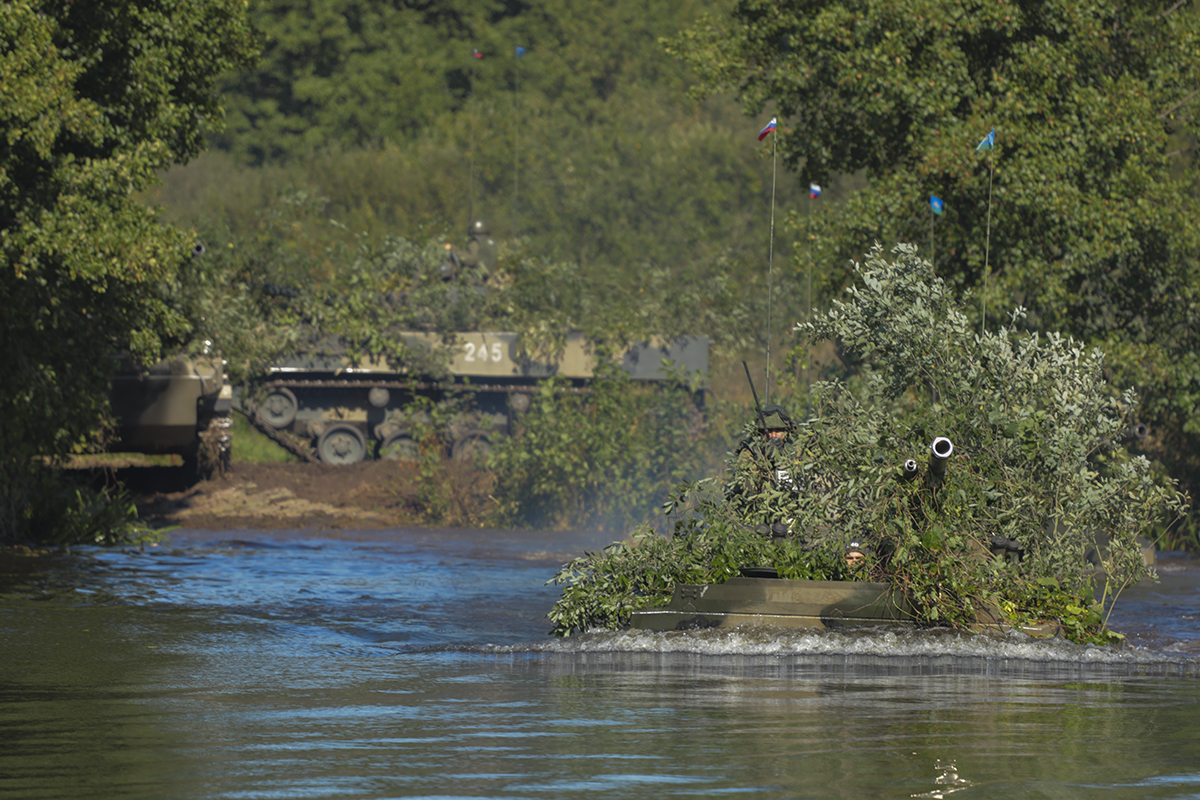Another strike against traditionalists

The Holy Father dislikes traditionalists so much that he is willing to sacrifice even… the legacy of Vatican II for a more effective crackdown on them
Paweł Chmielewski
After Vatican II, the celebration of the traditional Latin Mass – the so-called Tridentine Mass – was strictly forbidden as a rule. Priests needed special permission from their bishop to offer the Holy Sacrifice as the Church had done for centuries. An absurd situation, but this was decided by the “Pope of Dialogue” Paul VI and his close associate Archbishop Annibale Bugnini, eventually removed from the Vatican over reports of Masonic affiliation. The ban drew fierce protests from the beginning, especially from circles associated with Archbishop Marcel Lefebvre. However, the restrictions were also criticized by Joseph Ratzinger. Therefore, as Pope Benedict XVI, he decided in 2007 “liberate” the old Mass. He believed that cutting himself off from the past created the impression that some new Church had been born after the Council, which would, after all, be pure heresy.
Thanks to his decision, traditional communities began to flourish in many countries around the world. Along with the interest in the old liturgy, there was also a growing fascination with the old theology. In the eyes of progressives, who dominate the Church hierarchy today, this means problems of its own: traditional Catholics insist that one cannot bless same-sex couples, give Holy Communion to divorcees and Protestants, allow laymen, Jews, Muslims, Buddhists to preach from the pulpit…. What’s more, the ancient liturgy makes it very clear that the Body and Blood of Christ are real under the forms of bread and wine. This view is non-ecumenical and hardly dialogical: one of Francis’ main advisors, liturgist Professor Andrea Grillo of St. Anselm’s University in Rome, already suggested a few years ago that this teaching should be abandoned because it is too “scholastic.” Grillo therefore announced that “as soon as Benedict dies,” Francis will undoubtedly ban the Tridentine Mass, because there can be no vestiges of the old liturgy left in the Church. Pope Bergoglio, however, did not wait for the death of his predecessor. He issued restrictive orders as early as 2021, promulgating the motu proprio Traditionis custodes. In it, he revoked much of his predecessor’s decisions. We know from Archbishop Georg Gänswein’s recently published memoirs that the “retired” Benedict accepted Francis’ move “with a pained heart.”
Traditionis… imposed severe restrictions on the traditional Mass, but at the same time left a large area of responsibility for the bishops. The very title of the document means as much as “guardians of tradition.” This is precisely how Francis defined the bishops. He pointed out that “to the exclusive competence of the bishop” returns the issuing of permits for the use of the preconciliar Missal; he stressed that bishops “in union with the Bishop of Rome, constitute the visible source and foundation of unity in their particular Churches”; he also called them “moderators, promoters, and guardians of the entire liturgical life in the particular Church entrusted to him,” who must “regulate the liturgical celebrations in his diocese.” In a sense, Traditionis… thus even constituted a strengthening of episcopal authority, which seemed fundamentally in line with the teaching of Vatican II. The Council Fathers emphasized the importance of the authority of the bishop as successor to the apostles in as many as two documents: the Constitution on the Church Lumen Gentium and the Decree on the Office of the Bishop Christus Dominus. “The Council’s teaching in this regard was a reaction to a certain over-centralization of papal power and the Roman Curia, which had been progressing since Vatican Council I.
NOT TO THE VATICAN’S LIKING
After Traditionis… the bishops got to work. Some took advantage of the opportunity given to them to impose restrictions and ruthlessly destroyed traditional communities. Others threw a bit of a stranglehold, but on the whole left the faithful with some possibility of participating in the old Mass. Still others did just the opposite, guaranteeing the peaceful existence and development of the Latin liturgical communities. There were many such hierarchs in Poland, France, Germany, and most in the United States. As a result, it turned out that the implementation of Traditionis… is not ensuing as the Vatican would have wished. Yes, the bishops were given a lot of power, but the Holy See apparently took it for granted that they would use this power only to destroy traditional communities, not to preserve or strengthen them!

The bone of contention soon became the problem of where to celebrate the Tridentine Mass. Thanks to the decisions of Benedict XVI, it was celebrated in ordinary parish churches in many dioceses around the world. Pope Francis in Traditionis… banned this, presumably wanting to push traditionalists into chapels or some dingy halls. However, the possibility of granting a dispensation from this prohibition was retained – and many bishops gladly took advantage of this, including in our country, and especially in America.
THE REVERSAL OF CARDINAL ROCHE
This caused deep dissatisfaction among the main player in the anti-Tridentine battle on Francis’ side, Cardinal Arthure Roche. He is the prefect of the Dicastery for Divine Worship and the Discipline of the Sacraments. Until a few years ago, Roche defended the presence of the Tridentine liturgy in the life of the Church. However, he has changed his position 180 degrees and, upon accepting the office of prefect, began an operation to destroy it. Roche pulled into the Congregation experts associated with the radically anti-Latin group of liturgists from St. Anselm University, where Prof. Grillo teaches. These are people descended from the school of Archbishop Annibale Bugnini. Roche had already issued a document in December 2021 in which, he declared, he provided an authoritative “interpretation” of Traditionis custodes. In it, he banned, among other things, the administration of any sacraments according to liturgical books from before the Council, and issued a ban on dispensations concerning parish churches. A significant number of bishops were unconcerned by Roche’s step. They proceeded on the assumption that an interpretation cannot create a new legal reality – it must stick to the letter of the text it discusses; if it does not, the document is of questionable legal value. This drew the ire of Roche, who tried to intervene by sending letters of admonition to the bishops, not always effective.
In early February of this year, respected Vatican scholar J.D. Flynn of the opinion website The Pillar published an article in which, using extremely serious arguments, he accused Cardinal Roche of usurping authority that he doesn’t really have. One did not have to wait long for a response. Just a few days later, Roche accused him of “attacking the Pope” and of “unbelievable hubris”; he then went to a private audience with the Pope and received permission from him to issue a so-called rescript to Traditionis… in which he triumphantly proclaimed that all the prohibitions he had previously threatened the Church with were indeed expressing the will of the Holy Father. So, the dispensations were banned, the validity of the radical document of December 2021 was confirmed. Now the Holy See has new instruments to force bishops sympathetic to the Latin liturgy to destroy traditional communities – and this time no hierarch will be able to defend himself by pointing out the illegality of these actions. As a result, the Tridentine Mass may be fought even harder in the Church. Bishops have almost no real power anymore: they have to ask the Vatican for everything. It will be Cardinal Roche himself who will decide whether a parish church on the other side of the world is allowed to celebrate the Mass the way the Church has celebrated it for centuries.
THE BATTERING RAM OF PROGRESSIVISM
The Vatican progressives’ war on liturgical tradition is being waged with increasingly caricatured methods. This surprises not only conservatives; even leftists who usually idolize Francis are surprised. The Holy Father talks a lot about “synodality,” “decentralization” or “going to the periphery,” but in the matter of the Tridentine Mass, his actions show that this applies only to selected liberal groups – absolutely not to those who want to appeal to the continuity of Catholic Church teaching.
It doesn’t stop there, however. With Cardinal Roche’s rescript, the problem has been joined by a completely blatant denial of one of the most important elements of the teachings of the Second Vatican Council. After all, the Council gave impetus to the establishment of the institution of the Synod of Bishops; it emphasized the collegiality of authority exercised in the Church; and it bolstered the individual authority of the ordinary of the diocese. It is clear from the teachings of Vatican II that the bishop is not only an impassive executor of orders coming from the Roman Curia, but also an authentic shepherd, responsible for the faithful entrusted to him. However, when it comes to an area as fundamental to the Church as liturgical tradition, the bishop now has little say. He becomes an incapacitated “guardian” – and by no means “tradition,” but the arbitrary will of the Vatican’s radically anti-Latin hierarchs. The revolution always devours its own children. For the “synodalists,” even such a beloved event as the Second Vatican Council proves to be an obstacle: the most important thing is constant “progress,” and that whoever opposes it must be removed – regardless of the cost or concern for the coherence of the narrative. The battering ram of progressivism takes no prisoners…
This article was published in 2023 in “Do Rzeczy” magazine.




